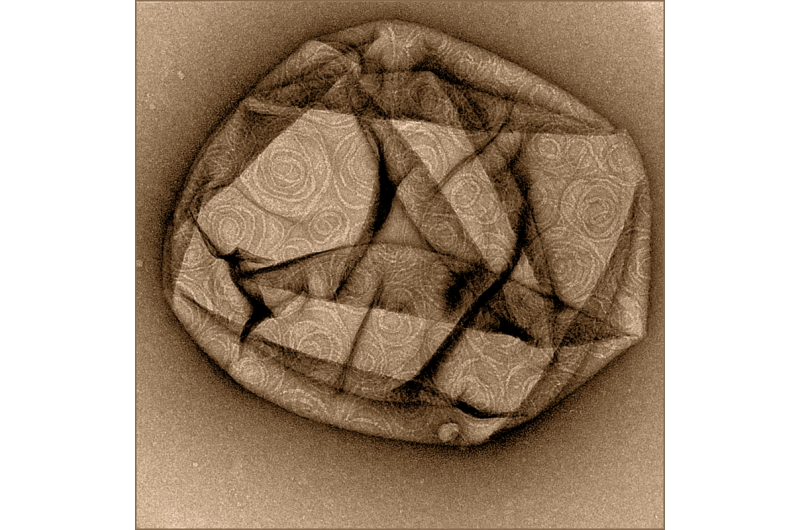Researchers discover a new mechanism that deforms cell membranes

Cell membranes are very elastic. They can become distorted when they are asked to do so, when the cell divides, or when a virus detaches itself from the cell. In both cases, the membrane is deformed by a protein complex called ESCRT-III. Up until now, we did not understand how this complex works. Swiss and French researchers say that this protein complex forms a molecular spring at the surface of the cell, and operates like a watch spring. This article was published in Cell.
Just 15 years ago, scientists discovered the ESCRT-III protein complex (pronounced like «escort"). This protein complex actually plays an essential role in the key moments a cell's life. This complex is behind the final phase of cell division, when the membrane is cut, which allows the daughter cells to divide. ESCRT-III also helps some viruses (such as HIV) to separate themselves from the host cell by cutting the virus bud attached to the cell membrane.
Like a watch spring
Researchers from the University of Geneva (UNIGE) and the NCCR Chemical Biology, the Laboratoire de Physique Théorique et Modèles Statistiques (Université Paris-Sud/CNRS1) and the Bio-AFM-Lab (U1006 INSERM2/Aix-Marseille Université) have just understood how ESCRT-III operates. Like a lego brick, the proteins fit into each other until they form a spiral. As they pack tightly together, they end up deforming the cell membrane. Similar to a watch spring, the over-compression accumulates the energy required to start the system.
The latest technology
A combination of skills of biochemists, physicists, and theorists was required to understand the molecular mechanics of this complex. The theoretical estimated stored energy and the spring strength that Martin Lenz from the CNRS estimated were validated by the biophysical experiments conducted in Geneva.
With the latest technology, the researchers were able to observe the movements of the complex in real time, and at the nanometer level. This feat was achieved with a high-speed atomic force microscope (AFM), the only one of its kind that can provide nanometric resolution in real time. This microscope was developed by Simon Scheuring, INSERM research director. Aurélien Roux, a biochemistry professor at the UNIGE Faculty of Science, is pleased to say that this is the first time that this technique has been used for this kind of work, and that this proves, yet again, that interdisciplinary cooperation embarks us on original paths.
Journal information: Cell
Provided by University of Geneva





















